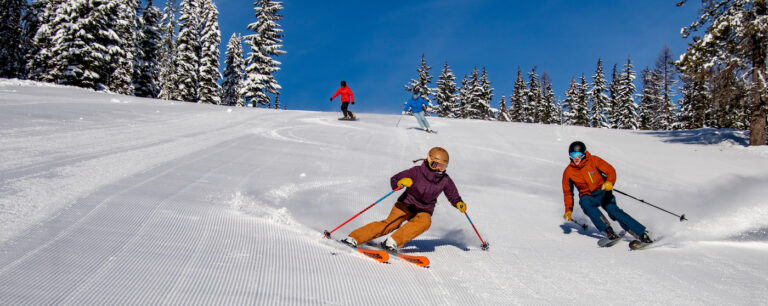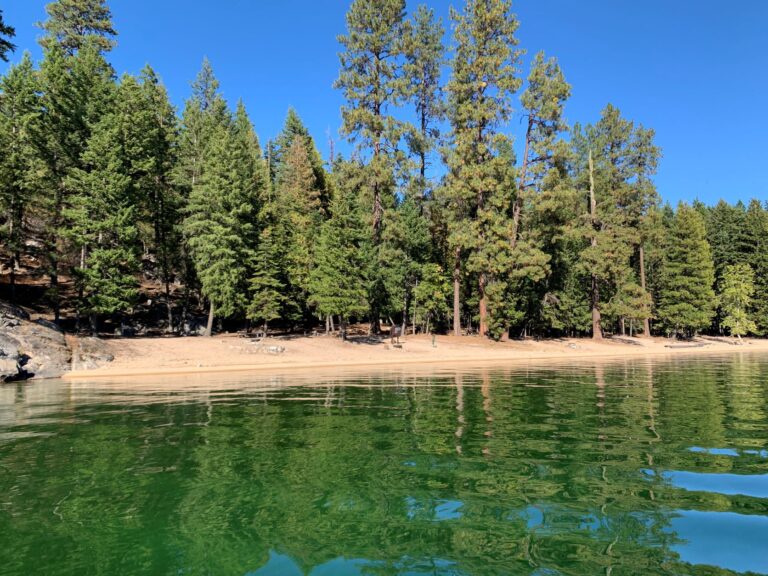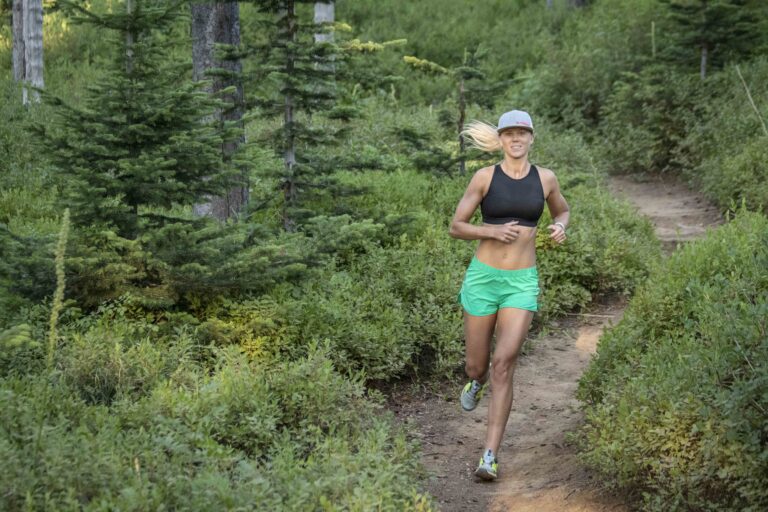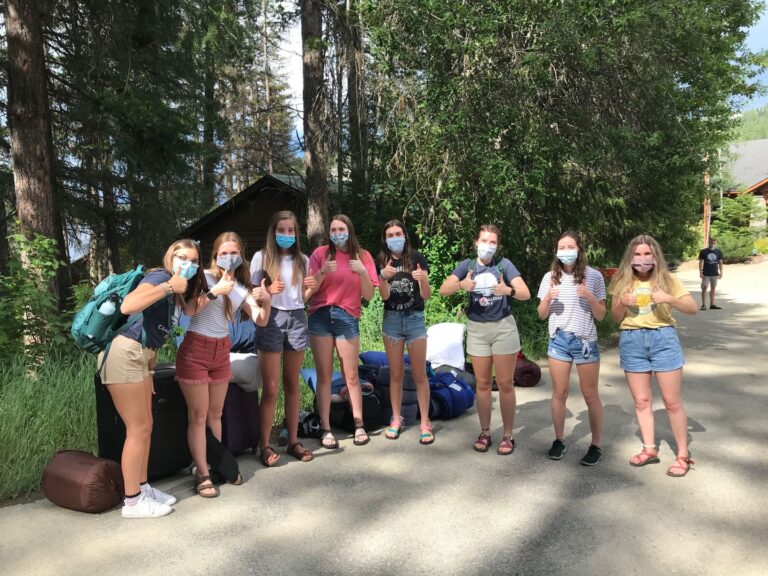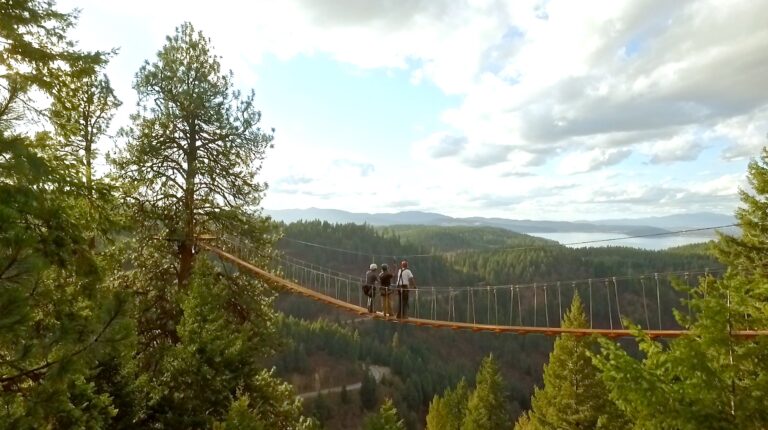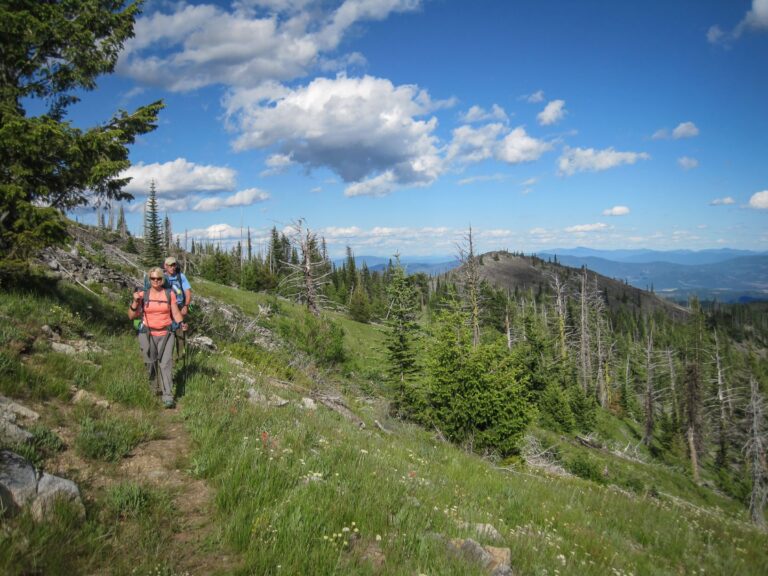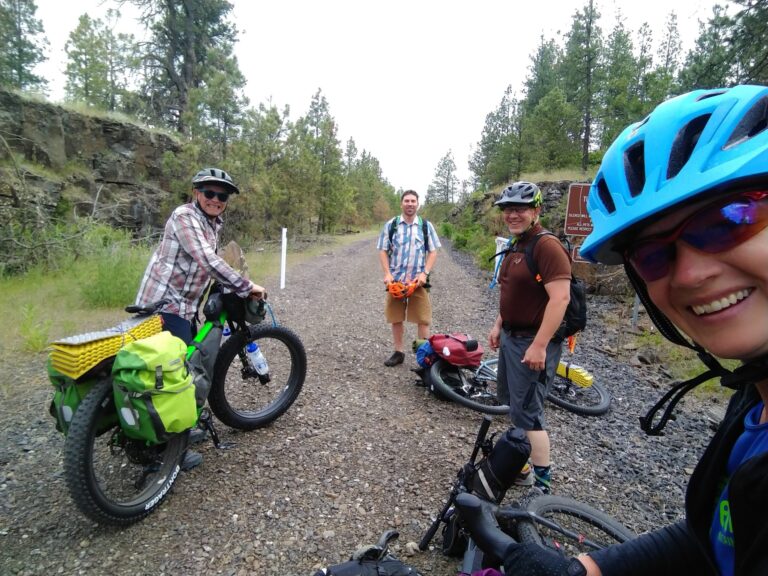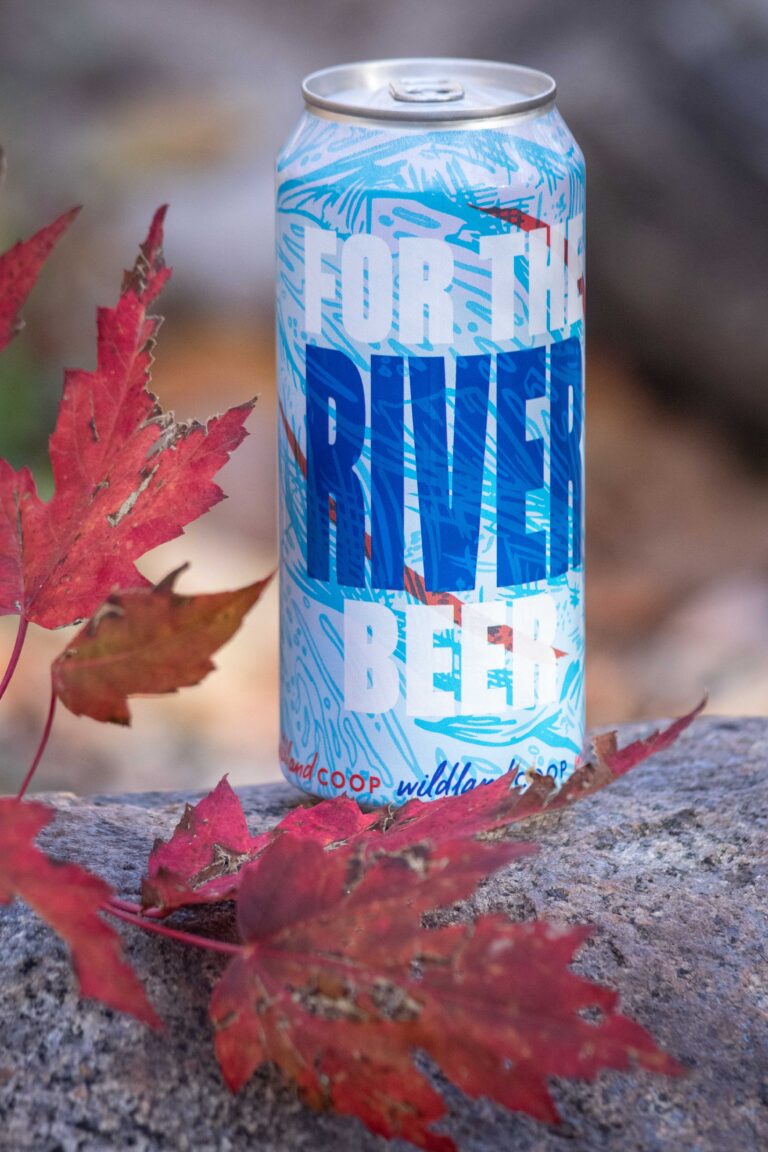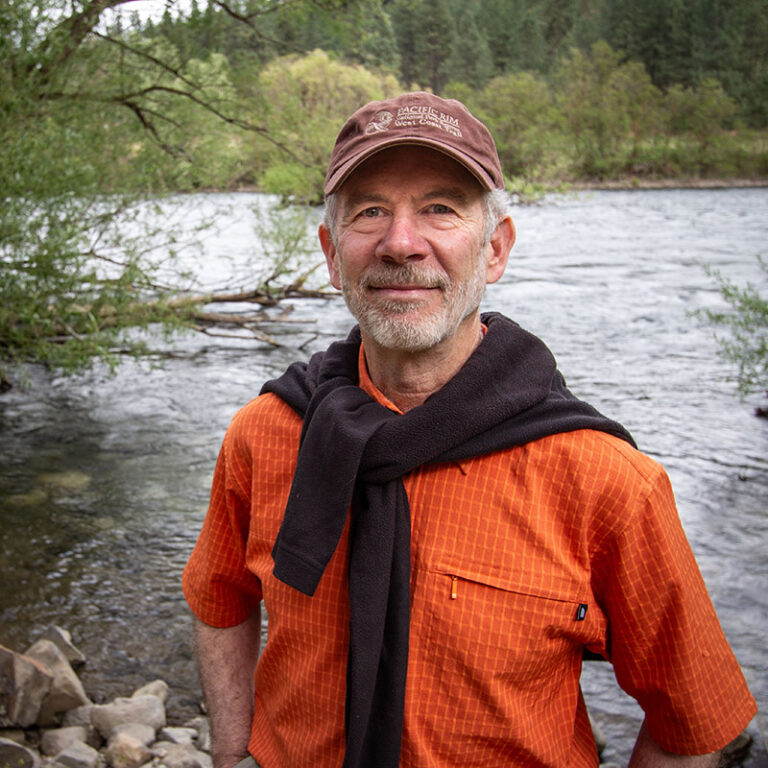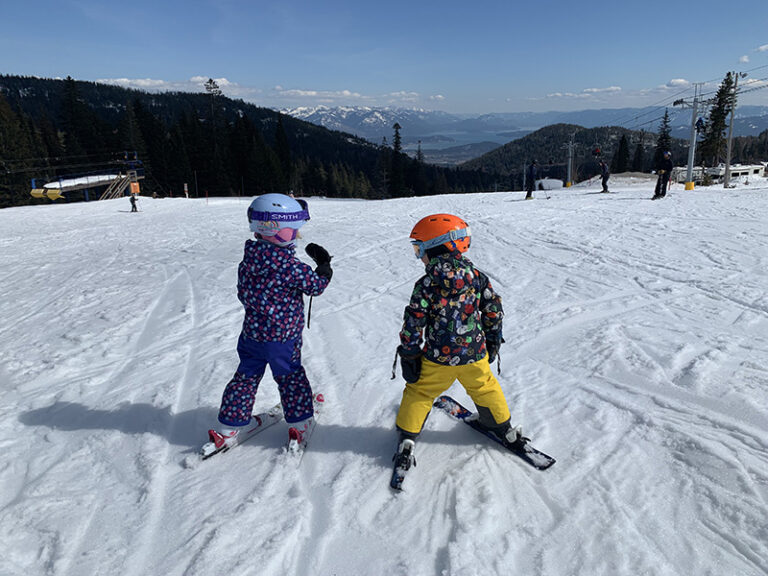How ground reaction forces impact your hikes, runs, and joints
By Trey Nichols
Imagine that you’ve got a pea-sized pebble in your shoe as you’re out on a walk or a hike. Not real comfortable, is it? Now imagine that you’re running or stepping off a big rock with your pack on with that same pebble in your shoe. Now it’s even more uncomfortable! Thankfully, we can easily remedy this problem by taking the pebble out of our shoe.
If you’re a runner, hiker or backpacker, you’ve maybe been in a conversation that brought up ground reaction forces (GRF). If you’re like most people who haven’t heard of GRFs and just smiled and nodded your head or changed the subject, you’ll appreciate getting the rundown on GRFs for that next conversation or that next run or hike.
So, what is a GRF? GRF is the force exerted by the ground on a body in contact with it. GRF is right in step with Newton’s third law of motion—for every action, there is an equal and opposite reaction. In layman’s terms, think of it like this: if your muscles aren’t strong enough to counter the GRF and carry you to that next step, something is going to give. GRF can be up to 2 to 7 times your body weight! In the most extreme sense, your leg may buckle like you just jumped off a high fence. In the more common case, your knee, foot, ankle or hip may get a little extra stress placed on them that could lead to pain or an injury or decreased performance if left unaddressed.
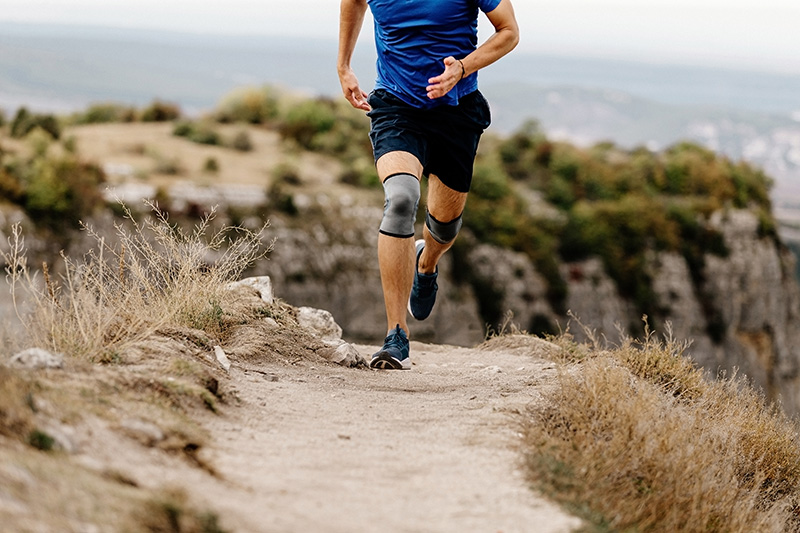
Just like you can take the pebble out of your shoe, there’s plenty that you can do to counter the GRF on your next run or hike. First things first, you want to make sure that you have the adequate strength to support the activity. There’s a really simple way to test it. Watch your knee as you’re running or stepping up or down on a trail. Does your knee move inward toward your other knee? Or does it stay in line over your second and third toe? If your knee is moving inward, that is often a sign that you are putting more load on it than it can efficiently handle.
Before you try to buy Forrest Gump’s leg braces, let’s look into how you remedy GRF when you’re running, hiking or backpacking. First, get stronger. A great place to start is with functional movements like squats, lunges, and hip hinges. While you’re not going to squat seven times your body weight, the stronger you are with these movements, the better support your body is going to have while you’re doing those outdoor activities. Runners—in addition to strength training, you’ll want to pay attention to plyometric movements. Some of our favorite plyometric exercises are box jumps, jump rope, jumping lunges, and lateral step-ups (for speed).
The better you understand and combat GRFs, the better you will enjoy all of your summer adventures and activities after a couple of months, as well as in the years to follow! The stronger you are today, the more you’re going to enjoy tomorrow.
Trey Nichols is a physical therapist at NW Movement Co., where he helps runners, hikers, and backpackers with customized approaches to address pain issues and maximize their activities. This summer, Nichols will be taking his boys for the first time to the Alpine Lakes Wilderness Area, where he and his wife used to guide Peak 7 backpacking trips.


